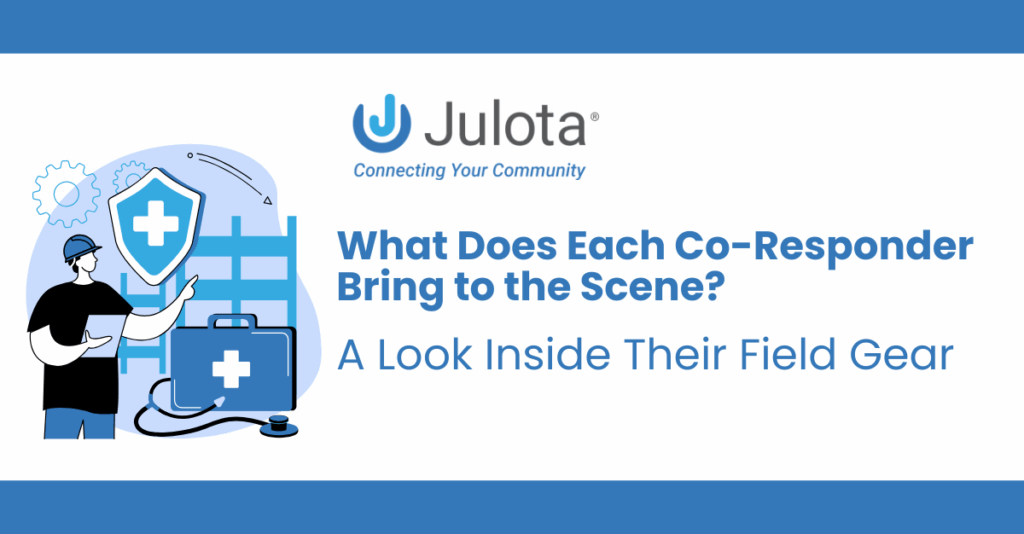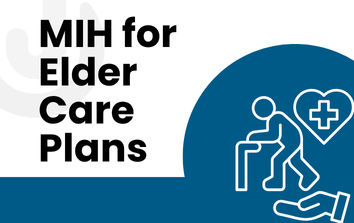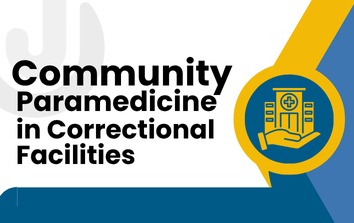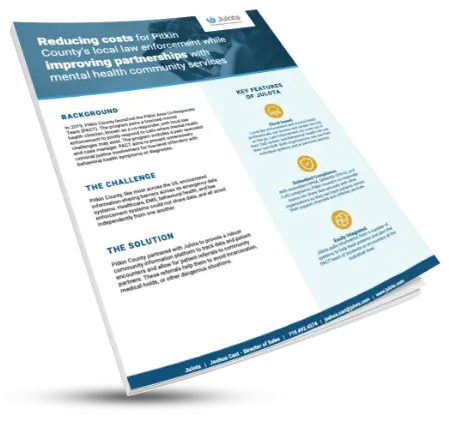Candice Noel
When someone calls 911 for a behavioral or mental health emergency, the traditional response has often been law enforcement, sometimes with outcomes that escalate rather than support. But communities are beginning to change the narrative. Co-responder teams, made up of mental health clinicians paired with law enforcement, are helping people in crisis get the right help, right away. But it’s not just about who’s on the call, it’s about what they bring with them, too. Co-responder field gear addresses one shared goal: meet people where they are and help without harm.

As a paramedic working with a mental health alternative response program, I’ve had the privilege of working alongside many incredible clinicians. I’ve seen firsthand how gear can bridge gaps and break down walls.
From Narcan to fruit snacks, resource cards to hygiene kits, hand and toe warmers to cold packs, and even cigarettes, every piece has its place, and every clinician has their own unique approach to gear. This article explores what mental health clinicians bring to the scene and why those items matter more than you might think.
A Look Inside Co-Responder Field Gear
While no two co-responder programs are alike and no clinician packs identically, we’ll dive into some of the gear commonly seen out in the field and why they’re imperative.
Essential Tools for Connection
Co-response clinicians are the heart of many behavioral and mental health calls. They bring whatever they think might make someone feel just a little bit safer, warmer, or more human in a chaotic moment. What ends up in their bags often reflects both the needs of the population they serve and their own personalities.
- Comfort items:
- Fruit snacks, savory snacks, and bottled water are small things that can ground someone in distress.
- Seasonal supplies:
- Hand/toe warmers, emergency blankets, or cold packs, depending on the weather.
- Business cards and resource handouts:
- These include crisis lines, local shelters, substance use disorder (SUD) resources, food resources, and warm lines for ongoing mental health support.
- PPE and radios:
- To stay connected and safe while navigating unpredictable scenes.
- Narcan (naloxone):
- An immediate and lifesaving intervention for opioid overdoses that can be used if an overdose is encountered. It can also be provided to individuals with SUD or families and friends of individuals with SUD to have on hand in the event of an overdose.
- Tablet or laptop with Julota software: Allows clinicians to document encounters, access resources, make real-time referrals, and coordinate care across providers directly from the field.
Some of the most effective clinicians understand the power of small comforts. A snack. A cigarette. Not to glamorize smoking, but to meet someone where they are in a moment of crisis. These gestures are simple, human, and can be more disarming than any question on a clipboard. Sometimes, it’s that quiet act of care that opens the door to connection.
What’s Beyond the Bag?
While the physical items matter, the most important things co-responders bring cannot be packed into a backpack. Their expertise lies in how they show up, how they listen, and how they create space for stabilization and support.
Co-responders receive extensive training grounded in trauma-informed care, with a focus on de-escalation, emotional regulation, and minimizing the use of force. In moments of high emotional distress, grounding tools such as guided breathing or sensory redirection can provide immediate relief. Techniques like motivational interviewing, a client-centered communication style, help individuals explore ambivalence and consider their next steps in a supportive environment.
Co-responders are also trained in cultural humility, listening without assumptions, and honoring each person’s lived experience. Quick yet sensitive risk assessments guide decisions around suicidality, substance use, and personal safety.
At the heart of it all is relationship-building; often, a clinician’s calm presence, body language, and tone can establish trust more effectively than any directive.
For more on trauma-informed de-escalation and field-based communication, SAMHSA’s National Guidelines for Behavioral Health Crisis Care offers excellent insights.
A Co-Responder’s Field Gear Helps Them Step Into Someone’s Life
Crisis response is about trust, and trust starts small. It starts with a bottle of water on a hot day. Fruit snacks are handed out as a simple gesture with no expectations. A resource card tucked into a coat pocket. The right gear doesn’t just solve problems; it creates the conditions where help and a path forward feel possible.
And in co-response, where the presence of law enforcement might be triggering for some individuals, the clinician’s role is even more vital. They soften the scene, listen actively, and help shift the focus from control to compassionate care.
For an overview of how these strategies can improve outcomes and reduce system burden, see Nami’s Crisis Response Best Practices NAMI’s Crisis Response Best Practices. And for examples of co-response innovation in action, explore Julota’s Law Enforcement Software Solutions.
Final Thoughts: It’s Not Just What They Bring, It’s Why They Bring It
The gear mental health clinicians carry may look simple, but it’s incredibly strategic. Everything they bring is chosen with intentionality: to meet people where they are at, with dignity, and offer a way forward. So, whether it’s the tangibles or the intangibles, what they bring matters.




